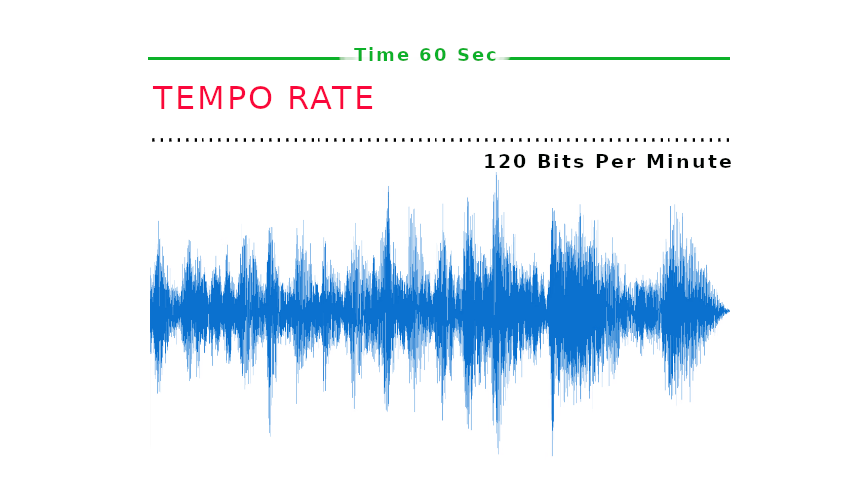Recent Posts
Search Topic

In making music most important three aspects are Beat, Tempo & Rhythm. All three play a vital role in making complete music. Music can be any type any genre but all three are important. We are all very much familiar with this term. But while many people are familiar with these terms, some still struggle to understand the difference between the most fundamental of musical elements—tempo and rhythm.
The beat is known as a pattern used to play instruments, especially drums. Theoretically, the beat is a regular, repeating pulse that underlies a musical pattern.’ It is the basic measurement of time. When someone immerses in music, humans tap in between the time with the beat. Beat can often get confused for tempo however the two are fundamentally different.
The tempo defines the speed of the music underlying the beat. It is similar to the heartbeat, for music it is called the ‘pulse’. When the tempo is written at the beginning of the music and named as a metronome marking. Tempo is the unit of measure for beats. For example, One beat every second is 60 BPM. 120 BPM is the tempo and the tempo is measured as having 120 beats within a minute.
Changing Tempo creates Musical Effect
Changing the tempo to create a diversified music experience. Different tempo creates variations to a tune:
Rhythm is the placement of sounds in time, following a regular & repeated pattern.’ Rhythm is the resultant followed pattern of contrasting elements. It is music’s pattern in time and is the one inevitable part of the music. Rhythm doesn’t need any melody, but melody obviously needs rhythm.